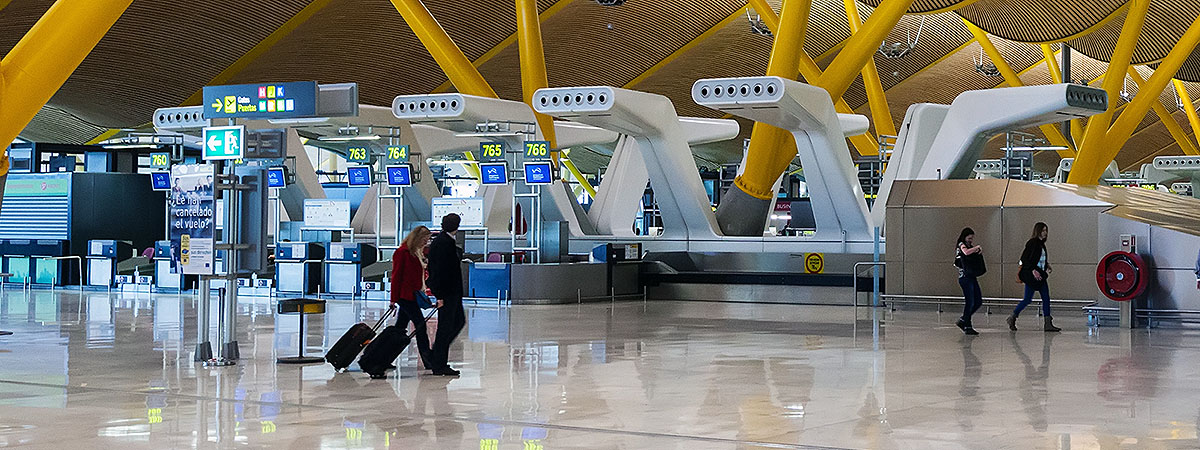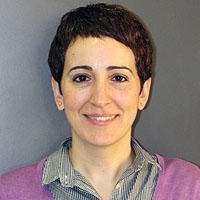Despite the uncertainty that still exists in some scientific studies published up to the present day, all seem to agree that COVID-19 is mainly transmitted via air and that the risk of contagion in interior environments is higher than outdoors. In an interior space, the particles (aerosols) susceptible of carrying the virus remain suspended in the air where – in the case that there is no ventilation – they accumulate.
The following video shows a study of fluid dynamics (CFD, Computer Fluid Dynamics) carried out by Aalto University, Finnish Meteorological Institute, VTT Technical Research Centre of Finland and University of Helsinki in which they have simulated the movement of particles produced by a person who sneezes inside a supermarket where an HVAC system is operating.
One of the conclusions is that the air currents produced by HVAC systems in closed public spaces will favor rapid movement of these aerosols. If there is no intervention in HVAC systems, this could create a high risk of transmission in the case of asymptomatic persons infected with Covid-19.
Among the many facilities and processes that SARS-CoV-2 requires us to review, all those that include ventilating and recycling air play a relevant role.
This is why re-thinking the functioning of HVAC equipment will play a crucial role in preventing the spread and transmission of SARS-CoV-2 in any facility which uses these systems.
In the particular case of airport terminal buildings, which are characterized by high numbers of people moving about throughout the day, this is no less important. Every terminal has a different HVAC system, with specific instructions for temperature, humidity and ventilation. Whether it is located in the Middle East, Latin America or Europe, it will have to be readjusted. The high priority factors they will all share in terms of functioning are as follows:
- Maximize air renewal, diluting contaminated aerosols in the interior of the building, and avoid recirculating the air. The same air conditioning unit can serve two different zones. If there are virus particles in one zone, recirculation via air conditioners can transport the infected air to the other zone that shares the air conditioning system.
- Normally 20% of the air pumped into a room comes from outside. Increasing this 20% of outside air to the maximum possible will primarily depend on the outdoor climate conditions, the air treatment systems and the existing production equipment. We will find many cases in which the available equipment will not be able to operate on the premise of “all exterior air” and the only option will be to recirculate the air. In that case, it will be necessary to implement an additional solution, which could range from installing HEPA filters to incorporating modules into the distribution networks, which use technology to destroys viruses and contaminants.
- Finally, it will be essential to continually extract air from restrooms to keep them depressed with respect to adjacent areas and prevent fecal-oral transmission (recognized by WHO in a technical report, 2 March 2020) via flow of contaminated air from restrooms to other rooms.
In order for airports to return to normal functioning, they will need to make changes and adaptations in their facilities, and in operations existing prior to COVID-19. One of these changes must be the reconfiguration of HVAC systems.

Check out for more information about the impact of COVID-19 on airport operations.


